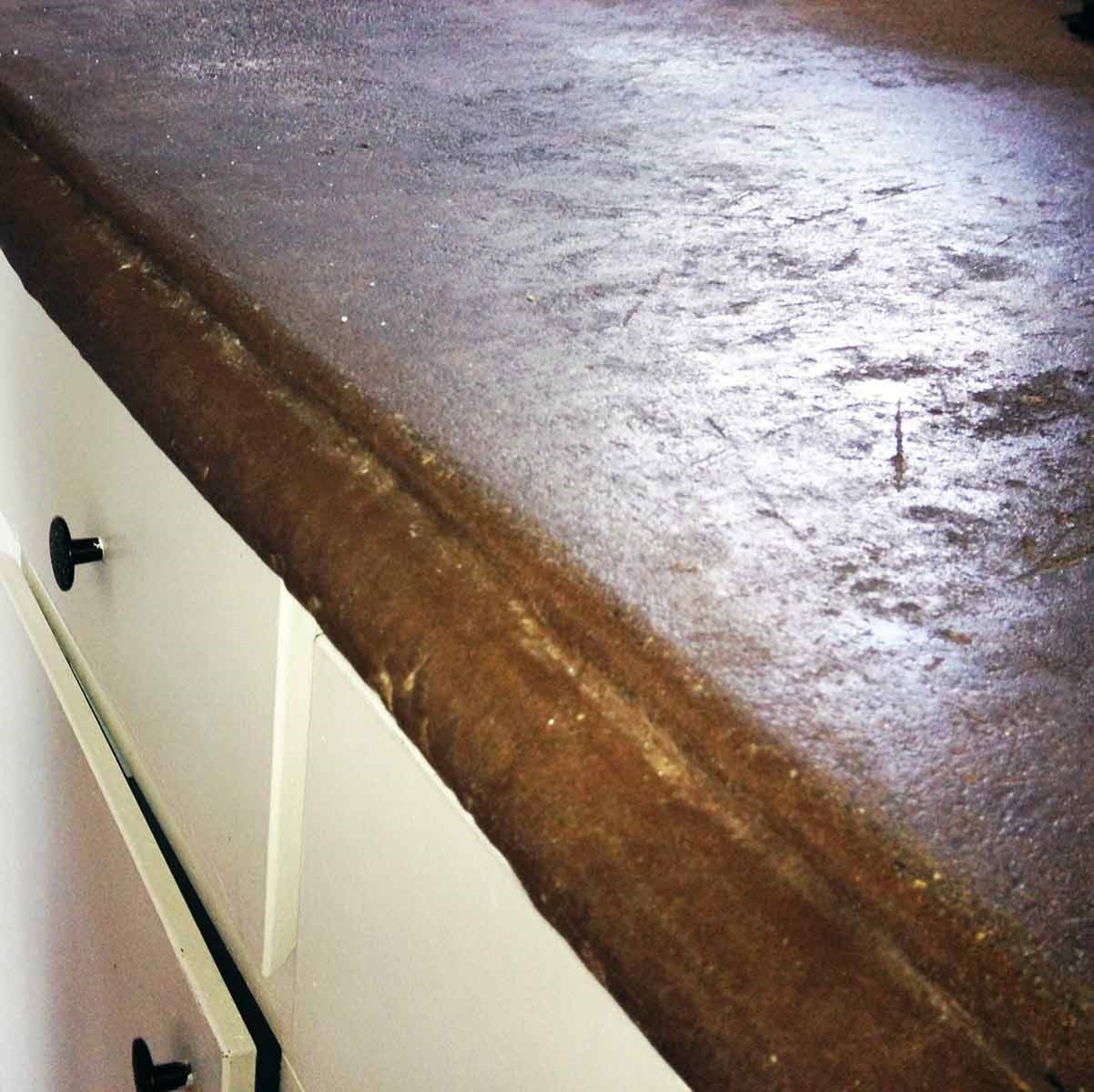

Articles
How To Refinish Concrete Countertops
Modified: December 7, 2023
Learn how to refinish concrete countertops with our comprehensive articles. Follow our step-by-step guide to achieve beautiful, durable results.
(Many of the links in this article redirect to a specific reviewed product. Your purchase of these products through affiliate links helps to generate commission for Storables.com, at no extra cost. Learn more)
Introduction
Concrete countertops have gained popularity in recent years due to their durability, versatility, and modern aesthetic. However, over time, these countertops may become worn, stained, or damaged, requiring some refinishing to restore their original beauty. Refinishing concrete countertops is a cost-effective way to give your kitchen or bathroom a fresh look without the need for a complete replacement.
In this article, we will take you through the step-by-step process of refinishing concrete countertops. From preparing the surface to sealing the finished product, we’ll cover everything you need to know to achieve professional-looking results. Whether you’re a seasoned DIY enthusiast or a beginner looking to tackle your first concrete refinishing project, this guide will provide you with the knowledge and confidence to create stunning countertops that will enhance the look and value of your space.
Before we dive into the refinishing process, it’s important to assess the condition of your concrete countertops. If they have extensive damage or structural issues, it may be best to consult a professional for repairs or consider a complete replacement. However, if the countertops are in relatively good shape, refinishing can breathe new life into them.
The refinishing process involves several steps, including preparing the countertop, cleaning the surface, repairing any damages, applying a primer, applying a concrete overlay, smoothing and leveling the surface, adding decorative elements (if desired), and sealing the countertop to protect it from stains and moisture.
Each step requires careful attention to detail and proper execution to ensure a successful outcome. By following this comprehensive guide, you will be able to transform your worn or outdated concrete countertops into stunning focal points that enhance the overall aesthetic of your kitchen or bathroom.
So, let’s roll up our sleeves and get ready to refinish those concrete countertops!
Key Takeaways:
- Refinishing concrete countertops is a DIY project that can breathe new life into your space. From repairing damages to adding decorative elements, this comprehensive guide empowers you to create stunning, professional-looking results.
- Properly sealing refinished countertops is crucial for preserving their beauty and durability. With the right techniques and attention to detail, you can enjoy the satisfaction of a job well done and a refreshed, modern space.
Read more: How To Refinish Quartz Countertops
Step 1: Preparing the Countertop
The first step in refinishing concrete countertops is to properly prepare the surface. This involves removing any existing coatings, sealants, or adhesives that may be present. Here’s how to do it:
- Clear the Countertop: Start by removing all items from the countertop, including appliances, utensils, and any other objects. This will allow you to have a clear workspace.
- Protect Surrounding Areas: Cover the surrounding areas with plastic sheets or drop cloths to prevent any damage or stains during the refinishing process.
- Remove Existing Coatings: Use a paint stripper or a concrete surface prep solution to remove any existing coatings or sealants from the countertop. Follow the instructions on the product carefully and ensure proper ventilation in the room. Apply the stripper or solution evenly on the surface, and allow it to sit for the recommended time to penetrate the coating.
- Scrape or Sand: Once the coating has softened, use a plastic scraper or a sanding block to gently remove the coating from the countertop. Be careful not to apply too much pressure, as it may damage the surface. Work in small sections and continue scraping until the entire countertop is free from the coating.
- Clean the Countertop: After removing the coating, thoroughly clean the countertop using a mild detergent and water. Scrub the surface gently with a sponge or a soft brush to remove any dirt, grease, or residue. Rinse the countertop with clean water and allow it to dry completely.
By properly preparing the countertop, you ensure that the refinishing materials adhere properly to the surface and create a smooth and durable finish. Taking the time to complete this step will significantly impact the overall success of your concrete countertop refinishing project.
Once you’ve prepared the countertop, you’re ready to move on to the next step: cleaning the surface. Proper cleaning is essential to ensure optimal adhesion of the refinishing materials and to provide a clean and even base for the next steps in the process.
Step 2: Cleaning the Surface
Once you have prepared the countertop by removing any existing coatings or sealants, it’s time to thoroughly clean the surface. Proper cleaning is crucial for ensuring optimal adhesion of the refinishing materials and creating a smooth, even base for the next steps of the refinishing process. Here’s how to clean the surface:
- Surface Inspection: Before starting the cleaning process, carefully inspect the countertop for any stubborn stains, grime, or residue. If you notice any stubborn spots, you may need to use a specialized cleaner or stain remover to effectively remove them.
- Use a Mild Cleaner: Begin by mixing a mild detergent with warm water in a bucket. Avoid using harsh or abrasive cleaners, as they can damage the surface of the concrete. Instead, choose a gentle, pH-neutral cleaner that is suitable for use on countertops.
- Apply the Cleaning Solution: Dip a sponge or soft cloth into the cleaning solution and gently scrub the entire surface of the countertop. Pay attention to any areas that require extra cleaning or have visible stains. Use a circular motion to effectively lift and remove dirt and grime.
- Rinse and Dry: Once the entire surface has been cleaned, rinse the countertop thoroughly with clean water to remove any remaining cleaning solution. Ensure that no soap residue is left behind, as it can affect the adhesion of the refinishing materials. Finally, use a clean, dry cloth to wipe the countertop and allow it to air dry completely.
By following these cleaning steps, you will ensure that the surface of the countertop is clean, free from debris, and ready for the next steps in the refinishing process. A clean surface will provide proper adhesion for the primer and ensure a smooth and professional-looking finish.
After cleaning the surface, it’s essential to inspect the countertop for any damages, such as cracks, chips, or uneven areas. In the next step, we will discuss how to repair these damages before moving forward with the refinishing process.
Step 3: Repairing any Damages
Before moving forward with the concrete countertop refinishing process, it’s crucial to repair any damages, such as cracks, chips, or uneven areas. Repairing these damages will ensure a smooth and seamless finish. Here’s how to repair the damages:
- Inspect the Countertop: Carefully examine the countertop surface for any visible cracks, chips, or uneven areas. Use a flashlight to better identify any small or hidden damages that may need repair.
- Repair Cracks and Chips: For small cracks or chips, you can use a concrete crack filler or a high-quality epoxy resin designed for concrete repair. Follow the manufacturer’s instructions to properly apply and fill the damaged areas. Use a putty knife or a similar tool to smooth the filler or resin and ensure it is level with the rest of the countertop surface. Allow it to dry according to the manufacturer’s recommendations.
- Level Uneven Areas: If you notice any uneven areas on the countertop, you can use a concrete patching compound to level them. Mix the patching compound according to the manufacturer’s instructions and apply it to the uneven areas. Use a trowel or a similar tool to smooth and level the compound. Allow it to dry completely before moving on to the next step.
- Sand the Repaired Areas: Once the repaired areas are dry, use sandpaper or a sanding block to gently smooth and blend the repaired spots with the rest of the countertop surface. This will create a seamless and uniform finish.
Repairing any damages prior to refinishing the concrete countertops is essential for achieving a polished and professional look. Take your time during this step to ensure that the repairs are done properly, as they will directly impact the overall appearance and durability of the finished countertop.
After repairing the damages, you are now ready to move on to the next step: applying the primer. The primer will help the refinishing materials adhere properly to the countertop surface and create a strong bond. We will guide you through the primer application process in the next step.
Step 4: Applying the Primer
Applying a primer is an essential step in refinishing concrete countertops. The primer creates a bond between the existing surface and the new refinishing materials, ensuring better adhesion and a smoother finish. Here’s how to properly apply the primer:
- Gather the Supplies: Before starting, gather all the necessary supplies, including the primer, paintbrush or roller, paint tray, and painter’s tape.
- Clean the Countertop: Make sure the countertop is clean and free from any dust or debris. Use a mild detergent and water to clean the surface and rinse it thoroughly. Allow it to dry completely before proceeding.
- Protect Surrounding Areas: Use painter’s tape to protect the surrounding areas that you don’t want to be primed. This includes walls, cabinets, or any adjacent surfaces.
- Apply the Primer: Follow the manufacturer’s instructions on the primer to properly mix it, if required. Dip the paintbrush or roller into the primer and begin applying it to the countertop surface. Start from one edge and work your way across the entire surface, making sure to cover the entire area evenly. For larger countertops, it may be more efficient to use a roller instead of a brush.
- Smooth Out the Primer: After applying the primer, use a brush or roller to smooth out any brush marks or uneven areas. This will help create a more uniform base for the next refinishing layers. Work quickly to smooth the primer before it starts to dry.
- Allow the Primer to Dry: Follow the drying time specified by the manufacturer. It usually takes a few hours for the primer to dry completely. Make sure the countertop is in a well-ventilated area during this time.
By applying a primer, you ensure better adhesion and a more durable finish for your concrete countertop. The primer creates a strong bond between the existing surface and the refinishing materials, allowing for a smooth and professional-looking result.
Once the primer is completely dry, you can move on to the next step, which is applying the concrete overlay. We will guide you through this process in the following step.
When refinishing concrete countertops, make sure to thoroughly clean the surface before applying any new finish. Use a degreaser and a mild detergent to remove any dirt, grease, or stains for a smooth and even application.
Read more: What Type Of Concrete For Countertops
Step 5: Applying the Concrete Overlay
Applying a concrete overlay is a key step in the process of refinishing concrete countertops. The overlay is responsible for creating a new, fresh surface and giving the countertops a brand new look. Here’s how to apply the concrete overlay:
- Gather the Supplies: Before starting, gather all the necessary supplies, including the concrete overlay mix, mixing bucket, mixing paddle, water, trowel, and sponges or brushes for texturing.
- Prepare the Concrete Overlay Mix: Follow the manufacturer’s instructions to properly mix the concrete overlay. This usually involves mixing the dry powder with water in the recommended ratio. Use a mixing paddle and a bucket to ensure a smooth and consistent mix.
- Apply the First Coat: Use a trowel to apply the first coat of the concrete overlay onto the countertop surface. Start from one edge and work your way across, ensuring an even application. Spread the overlay mix evenly with the trowel, aiming for a thickness of around 1/8 to 1/4 inch.
- Smooth and Level: After applying the first coat, use a trowel to smooth and level the surface of the concrete overlay. This will help eliminate any uneven areas or ridges. Work quickly, as the overlay will start to set within a short time frame.
- Add Texture (optional): If desired, you can add texture to the concrete overlay using sponges or brushes. Press them lightly onto the surface to create a textured effect. Experiment with different patterns and techniques to achieve the desired look.
- Allow the Overlay to Cure: Follow the curing time recommended by the manufacturer. This typically involves allowing the overlay to dry for a few hours or overnight. Keep the area well-ventilated during this time.
Applying the concrete overlay rejuvenates the appearance of the countertops, giving them a fresh and modern look. The overlay also adds strength and durability to the surface, making it resistant to daily wear and tear.
Once the concrete overlay has cured, you can proceed to the next step: smoothing and leveling the surface. Properly smoothing out the overlay will ensure a polished and even finish for your countertops.
Step 6: Smoothing and Leveling the Surface
After applying the concrete overlay, the next step in refinishing concrete countertops is to smooth and level the surface. This step will ensure that the countertops have a polished, even finish. Here’s how to smooth and level the surface:
- Gather the Supplies: Before starting, gather all the necessary supplies, including sandpaper (various grits), a sanding block, a putty knife, and a vacuum cleaner or a damp cloth for cleaning.
- Sand the Surface: Begin by using coarse-grit sandpaper (around 80-120 grit) to sand the surface of the concrete overlay. Sand in circular or back-and-forth motions to remove any rough areas or imperfections. This will help create a smoother foundation for the final finish.
- Smooth Out Edges and Corners: Use a sanding block or sandpaper folded into a small square to sand the edges and corners of the countertops. Pay extra attention to these areas to ensure they are smooth and free from any sharp edges or rough spots.
- Level the Surface: If there are any uneven areas or low spots on the countertop surface, use a putty knife or a similar tool to apply a thin layer of concrete patching compound. Smooth it out and level it with the surrounding surface using the putty knife. Allow it to dry completely before proceeding.
- Sand with Finer Grits: Once the patching compound is dry, continue sanding the surface with progressively finer grits of sandpaper (around 200-400 grit). This will help achieve a smoother and more polished finish. Be gentle and patient during this process to avoid creating scratches or gouges on the surface.
- Clean the Countertop: After sanding, use a vacuum cleaner or a damp cloth to remove any dust or debris from the countertop surface. Ensure that the surface is clean and free from any particles before proceeding to the next step.
Smoothing and leveling the surface is a crucial step in refinishing concrete countertops to achieve a professional and flawless appearance. By taking the time to sand and level the surface properly, you will ensure that the final finish is smooth, even, and visually appealing.
After smoothing and leveling the surface, you can consider adding decorative elements to further enhance the appearance of your concrete countertops (optional). We will discuss this optional step in the next section.
Step 7: Adding Decorative Elements (optional)
Adding decorative elements to your concrete countertops is an optional step that can elevate the overall aesthetic appeal of your space. This step allows you to inject creativity and personal style into your countertops. Here are some decorative elements you can consider:
- Color Stains: Apply colorful acid stains or water-based stains to create unique patterns or add depth to the countertop surface. These stains penetrate the concrete and create a marbled or variegated effect.
- Stamping: Use rubber stamps or templates to imprint patterns, textures, or designs onto the concrete surface. This technique can mimic the look of other materials, such as stone or wood, and add visual interest to the countertops.
- Embedments: Embedments are decorative items that can be added to the concrete before it cures. Consider embedding materials like glass chips, shells, mosaic tiles, or recycled glass to create unique and eye-catching designs.
- Aggregates: Mix aggregates into the concrete overlay to add texture and visual interest. Options include colored glass, quartz, or small decorative stones that will be visible on the surface of the countertop.
- Engravings: Using a hand engraving tool or a stencil, etch designs or patterns into the concrete surface. This technique allows for intricate and personalized detailing on your countertops.
- Veining: Create the look of natural stone veins by using a thin brush or feather to apply contrasting colors to the surface. This technique can replicate the appearance of marble or granite.
When adding decorative elements, remember to carefully plan your design and consider the overall aesthetic of your space. It’s recommended to practice on a small sample piece before applying any decorative elements to your countertops to ensure your desired effect is achieved.
Adding decorative elements is a creative and expressive way to make your concrete countertops truly unique and personalized. Once you’re satisfied with the decorative additions, it’s time to protect and seal the countertops to enhance their longevity and durability.
In the next step, we will discuss the importance of sealing the countertops and how to effectively do so.
Step 8: Sealing the Countertop
Sealing your newly refinished concrete countertops is essential for protecting them from stains, moisture, and daily wear and tear. The sealer creates a barrier that preserves the appearance and extends the lifespan of the countertops. Here’s how to effectively seal your countertops:
- Gather the Supplies: Before starting, gather all the necessary supplies, including a high-quality concrete countertop sealer, paintbrush or roller, paint tray, and a clean, lint-free cloth for wiping.
- Prepare the Countertop: Ensure that the countertop surface is clean, dry, and free from any dust or debris. Use a mild detergent and water to clean the surface if needed. Allow it to dry completely before proceeding.
- Apply the Sealer: Follow the manufacturer’s instructions on the sealer to properly apply it. Dip the paintbrush or roller into the sealer and start applying it to the countertop surface. Work in small sections and ensure even coverage. Use long, smooth strokes to avoid streaks or bubbles. Pay special attention to the edges and corners of the countertop.
- Even out the Sealer: After applying the sealer, use a clean, lint-free cloth to gently wipe and even out the sealer on the surface. This step helps to eliminate any excess sealer and achieve a smooth, uniform finish.
- Allow the Sealer to Dry: Follow the drying time specified by the manufacturer. It may take a few hours for the sealer to dry, but it’s recommended to wait for at least 24 hours or as recommended by the manufacturer to ensure full curing.
- Apply Additional Coats (optional): Depending on the type of sealer and the desired level of protection, you may choose to apply multiple coats of sealer. If so, follow the manufacturer’s instructions for the recommended number of coats and drying times between each application.
Sealing the countertops not only protects them from stains and damage but also enhances their appearance, giving them a subtle sheen. It’s important to note that the frequency of resealing will depend on the type of sealer used and the amount of use and exposure your countertops receive.
By diligently following these steps and properly sealing your countertops, you can ensure that your newly refinished concrete countertops maintain their beauty and durability for years to come.
Congratulations! You have now completed the process of refinishing and sealing your concrete countertops. Step back and admire the transformation as your countertops take on a refreshed and modern look. Enjoy the satisfaction of your hard work and the enhanced appeal it brings to your kitchen or bathroom space.
Thank you for following this comprehensive guide, and we hope it has provided you with the knowledge and confidence to successfully tackle your concrete countertop refinishing project.
Read more: The Alchemy Of Concrete Countertop Creation
Conclusion
Refinishing concrete countertops can breathe new life into your kitchen or bathroom space. With the step-by-step guide and tips provided in this article, you now have the knowledge and confidence to take on this DIY project and create stunning results.
By following the proper preparation techniques, cleaning the surface, repairing any damages, applying a primer, applying the concrete overlay, smoothing and leveling the surface, adding decorative elements (optional), and sealing the countertops, you can transform worn or outdated countertops into beautiful focal points that enhance the overall aesthetic of your space.
Throughout the process, it’s important to balance the technical aspects of refinishing with your creative vision. Adding decorative elements, such as color stains, stamping, or embedments, allows you to express your personal style and create a truly unique countertop design.
Remember to properly seal your refinished countertops to protect them from stains, moisture, and everyday wear and tear. This step will not only preserve the appearance of your countertops but also extend their lifespan.
With the completion of this project, you can enjoy the satisfaction of a job well done, knowing that you have successfully refinished and upgraded your concrete countertops. Take a step back and admire the transformed space, knowing that your hard work and attention to detail have paid off.
Whether you’re a seasoned DIY enthusiast or a beginner taking on your first concrete refinishing project, this comprehensive guide has provided you with the knowledge and guidance needed to achieve professional-looking results. So, roll up your sleeves, gather your supplies, and get ready to create beautifully refinished concrete countertops that will enhance the beauty and functionality of your kitchen or bathroom for years to come.
Happy refinishing!
Frequently Asked Questions about How To Refinish Concrete Countertops
Was this page helpful?
At Storables.com, we guarantee accurate and reliable information. Our content, validated by Expert Board Contributors, is crafted following stringent Editorial Policies. We're committed to providing you with well-researched, expert-backed insights for all your informational needs.
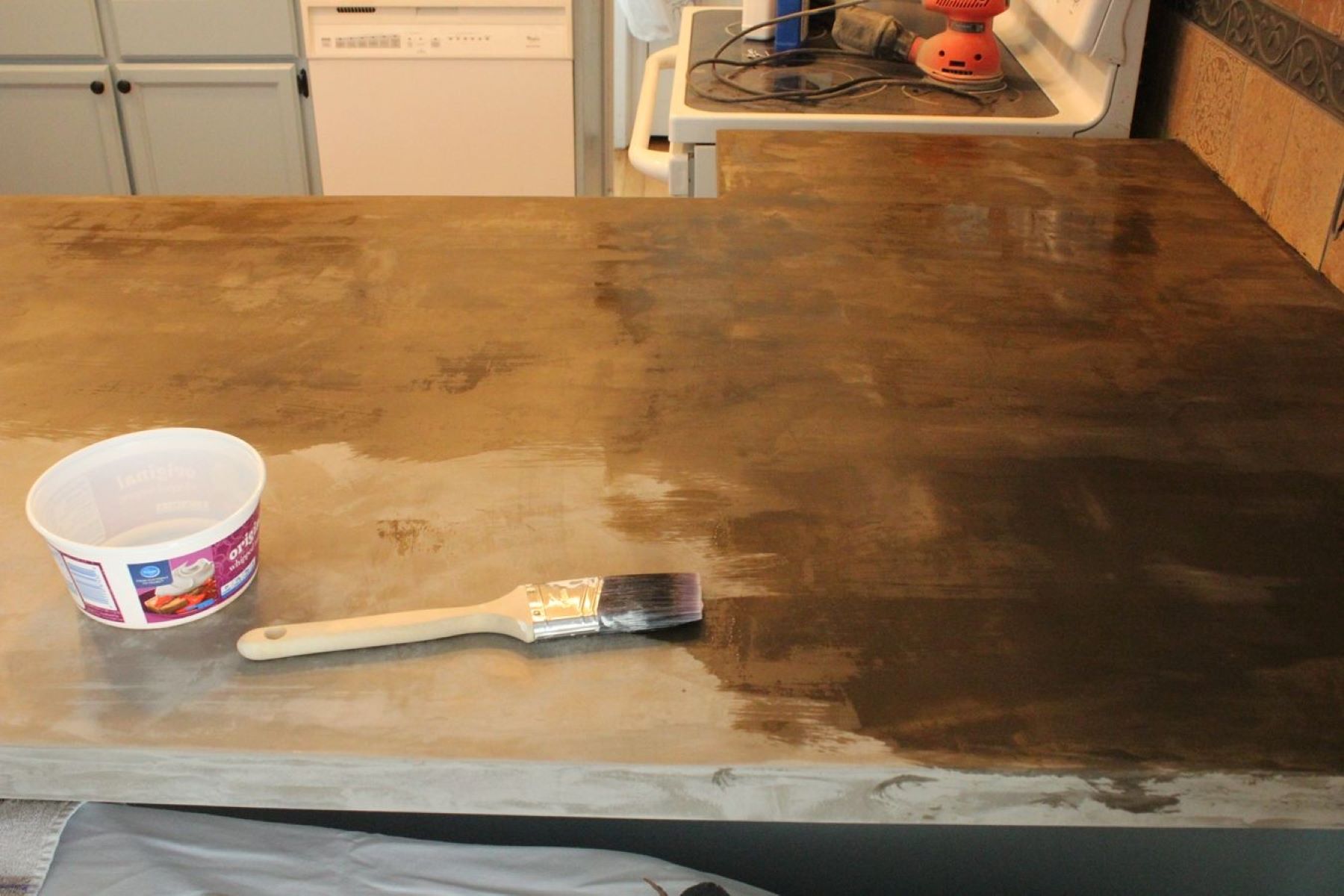
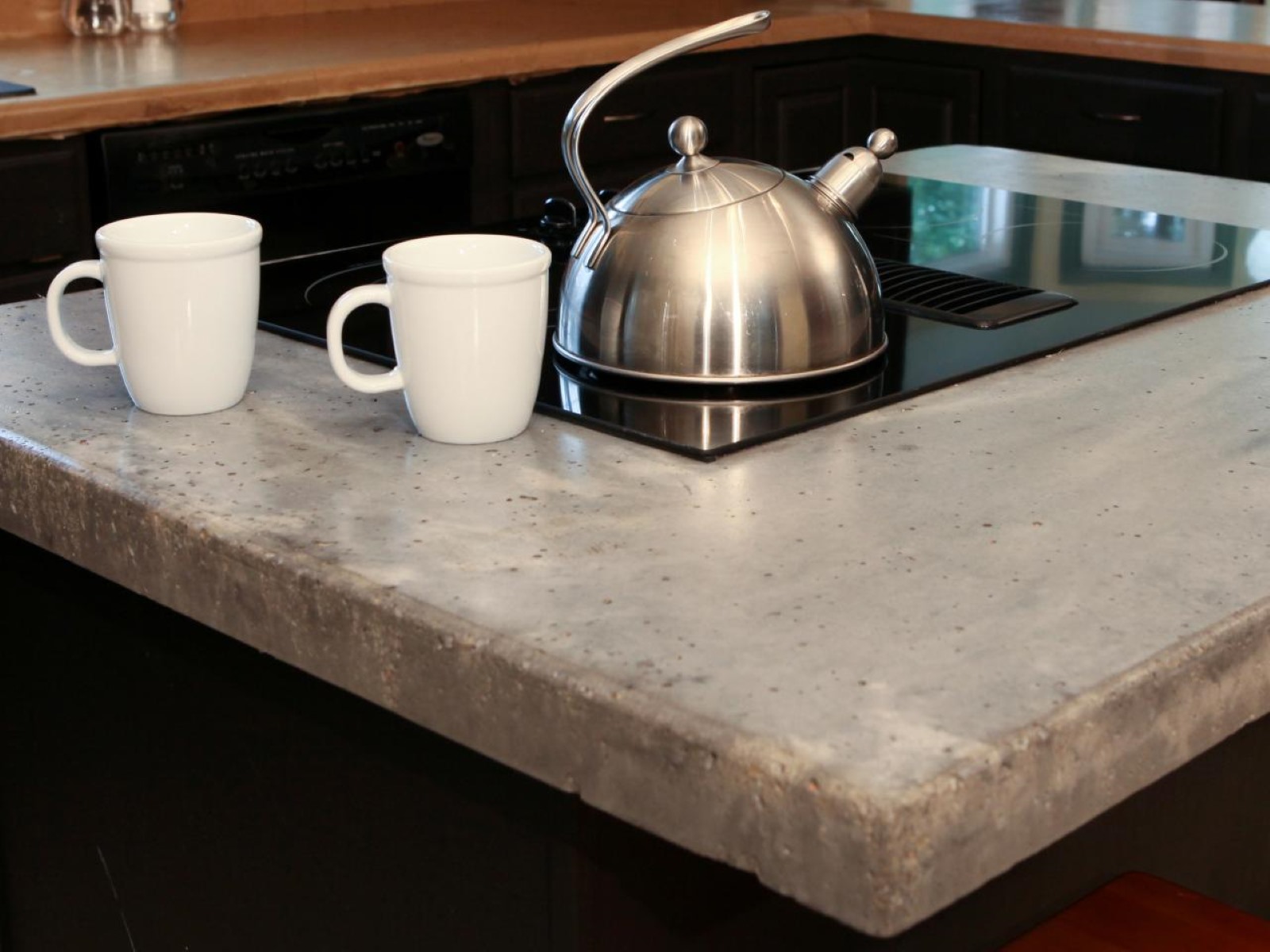
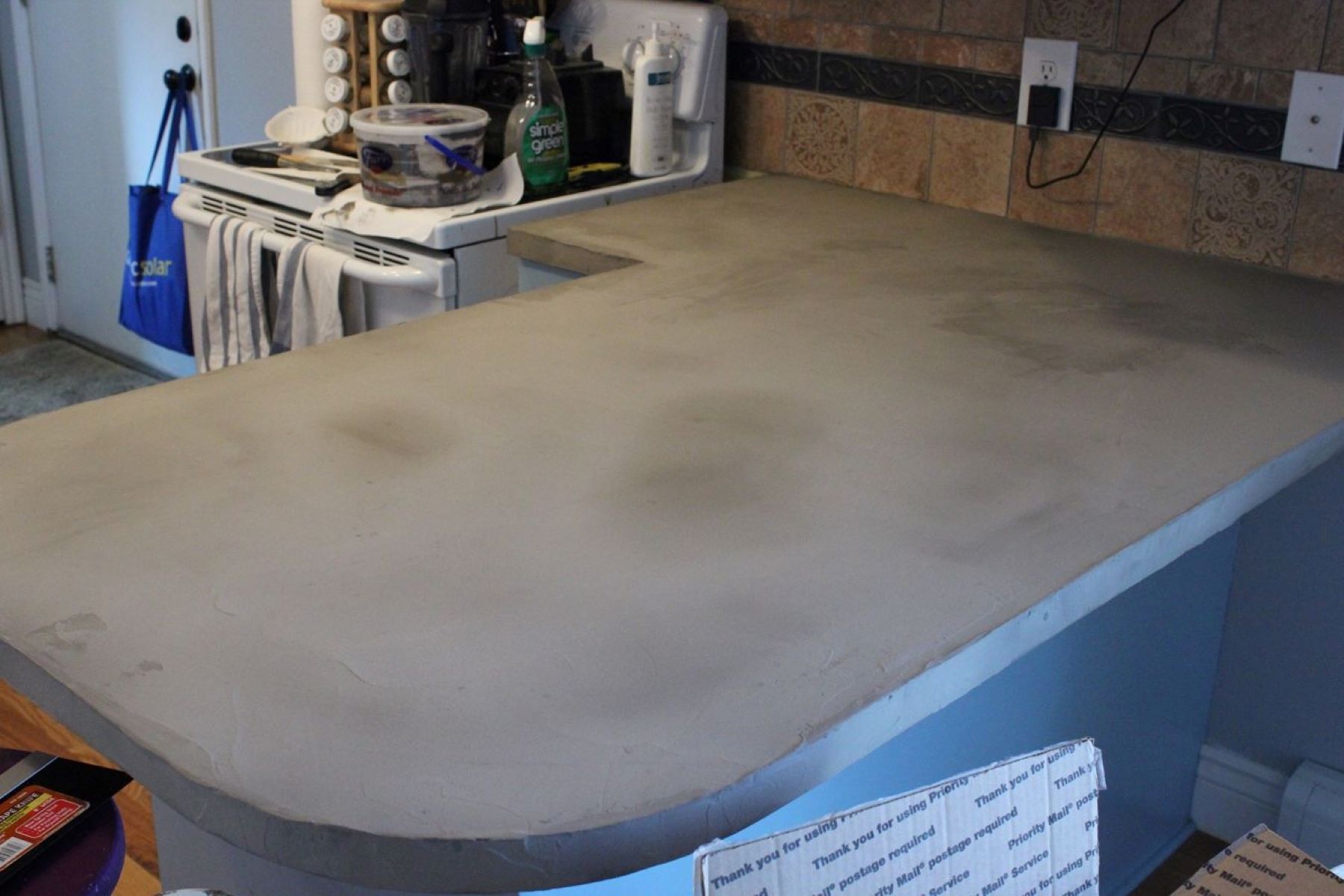
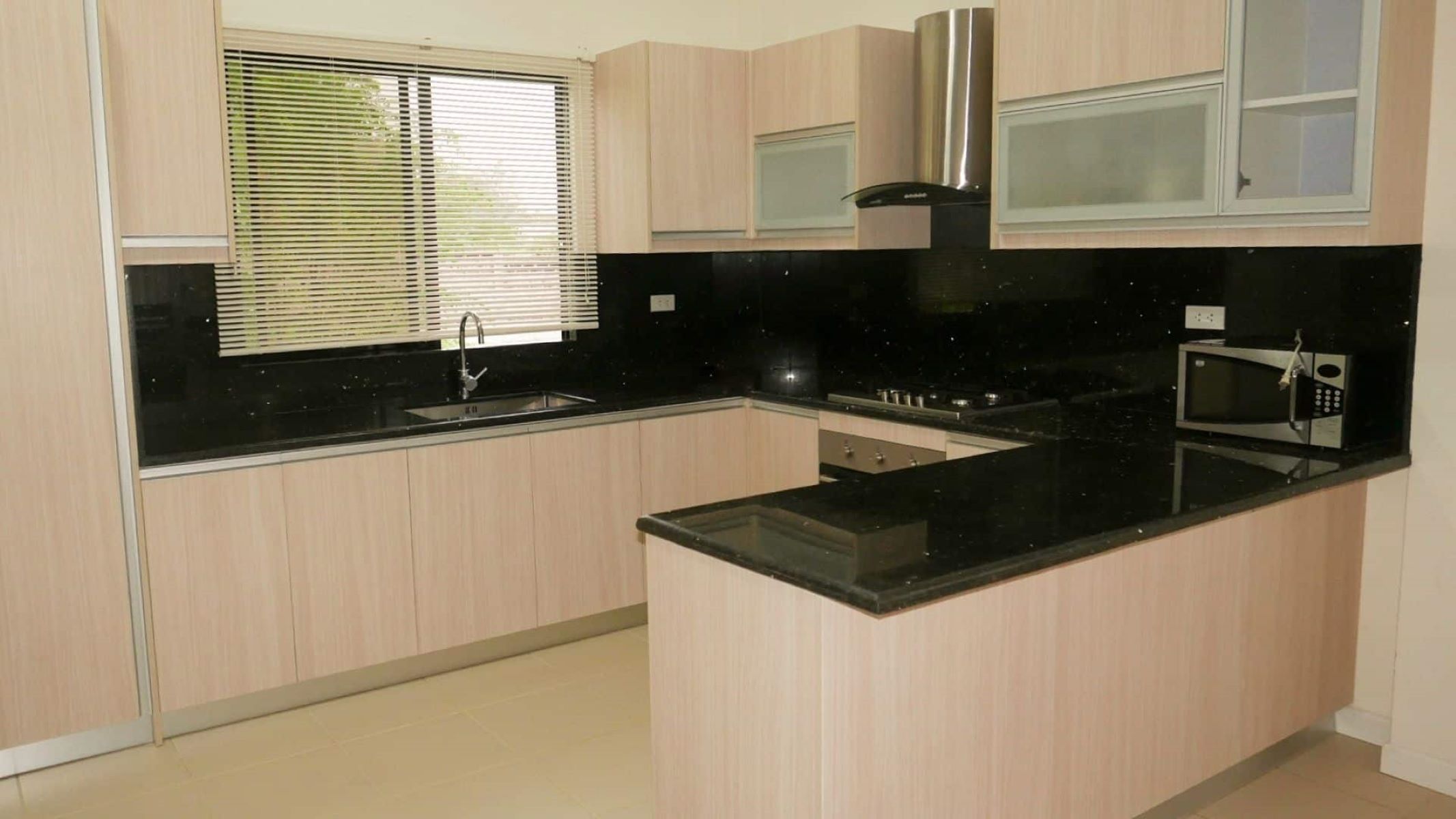
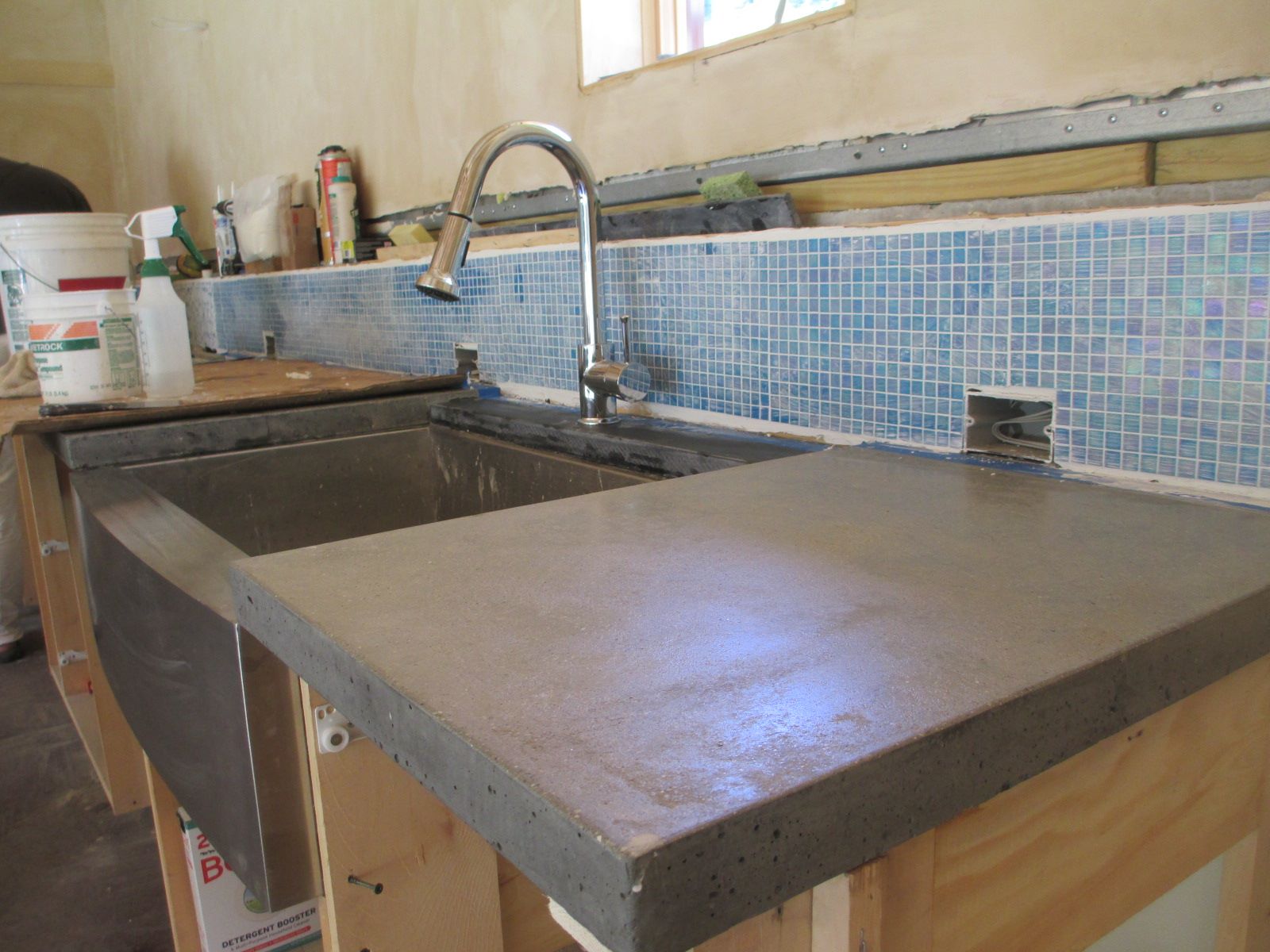
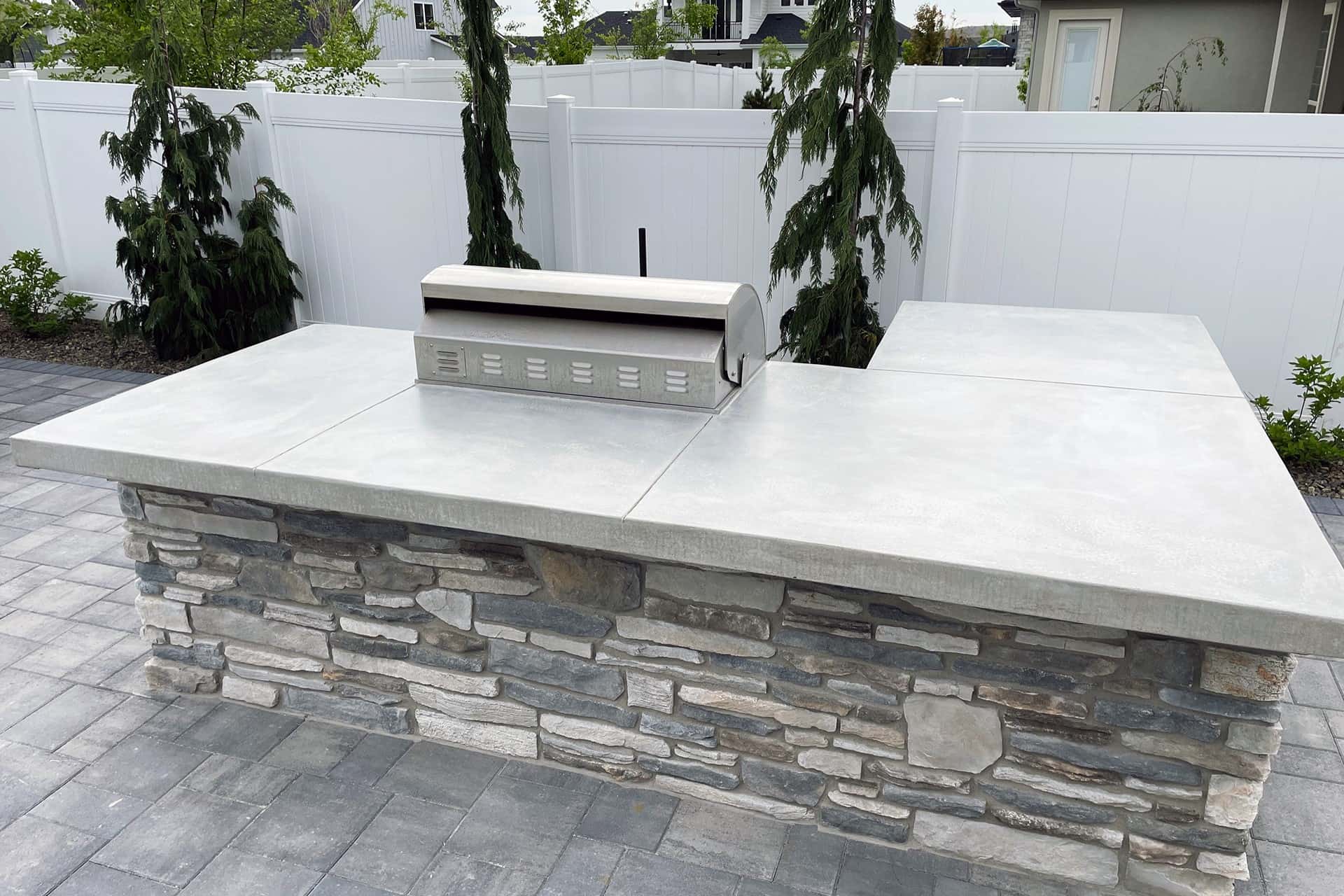
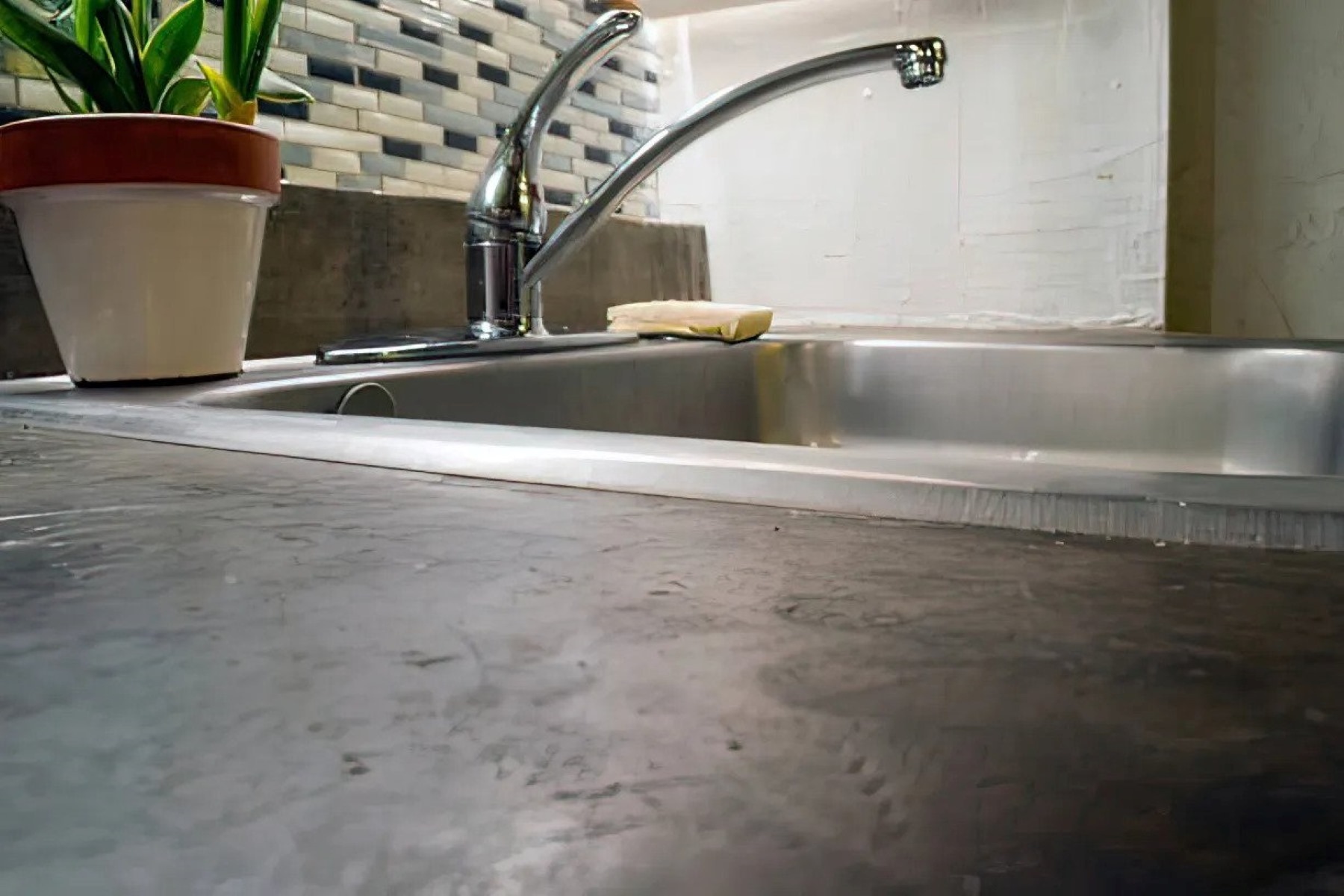

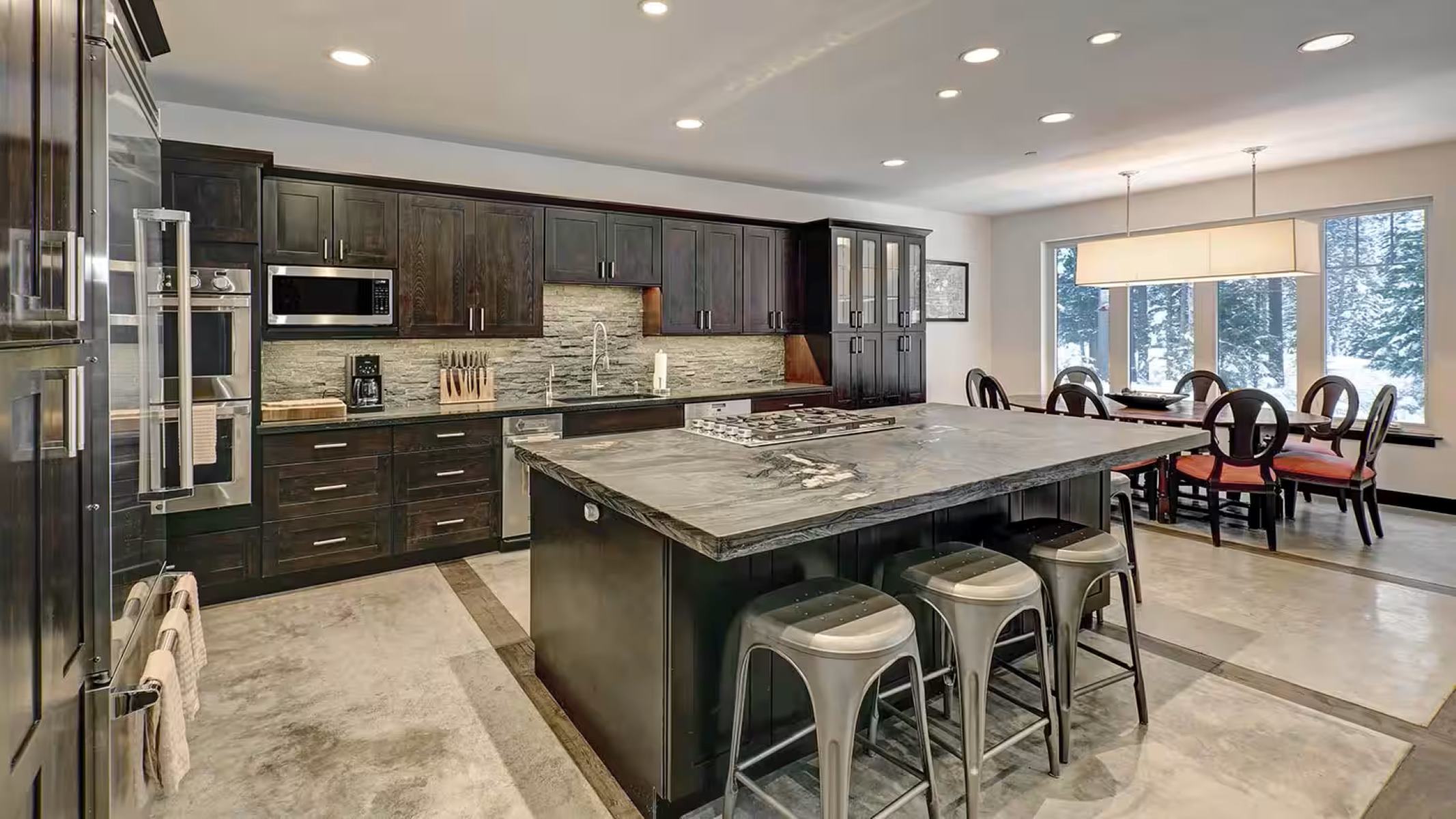
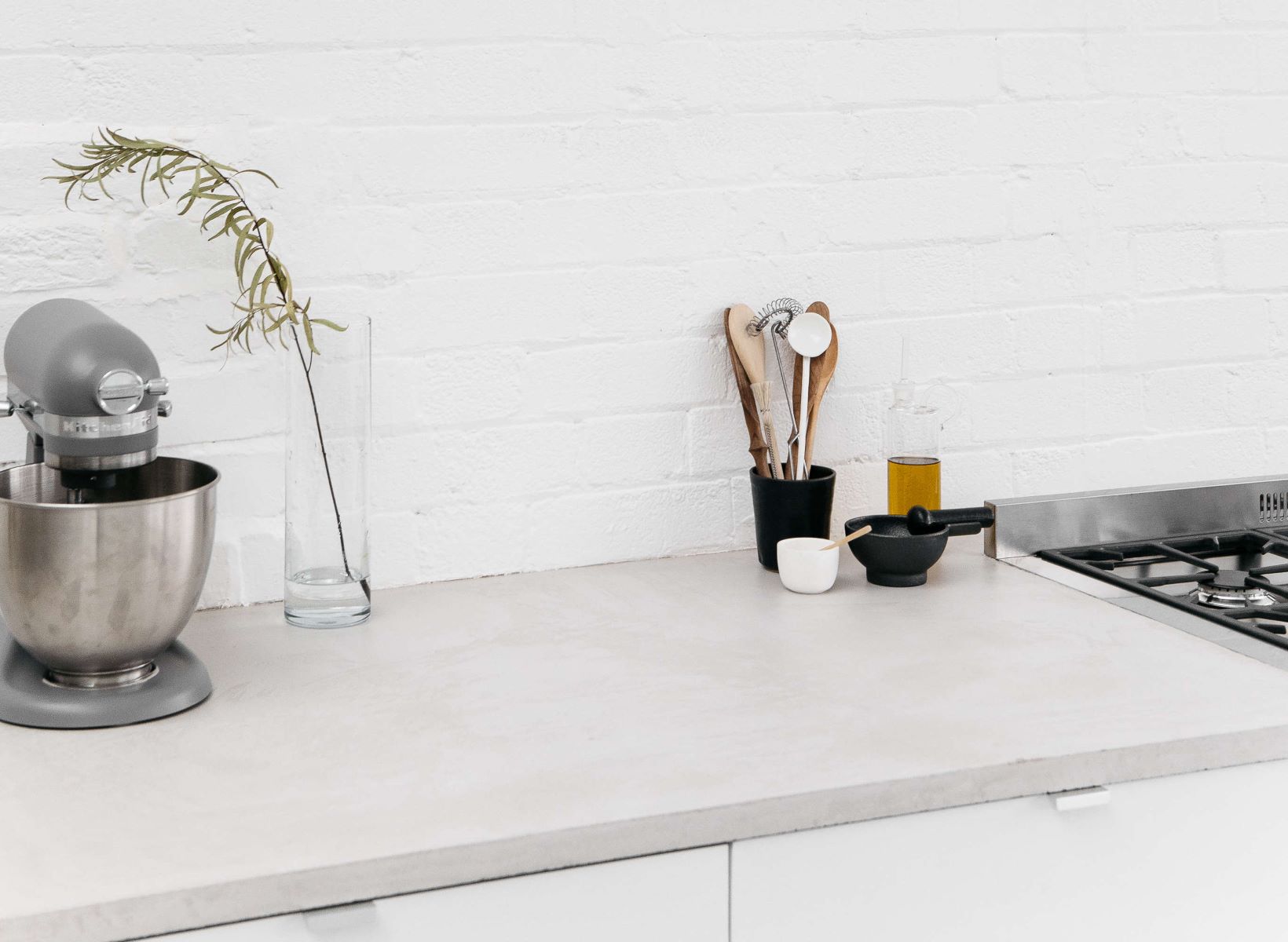
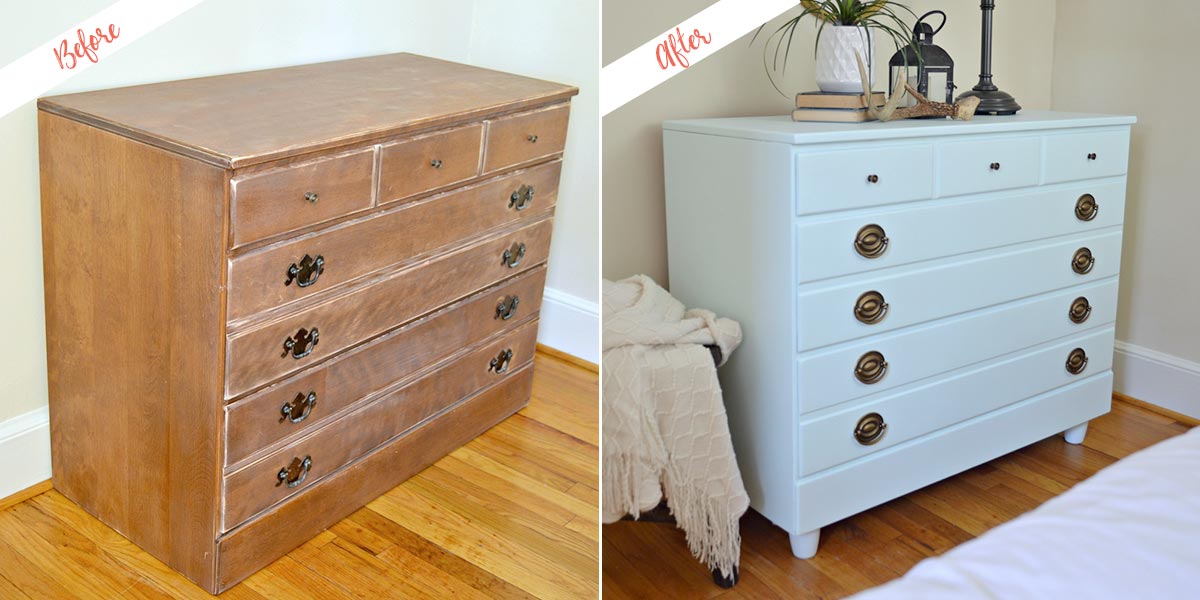
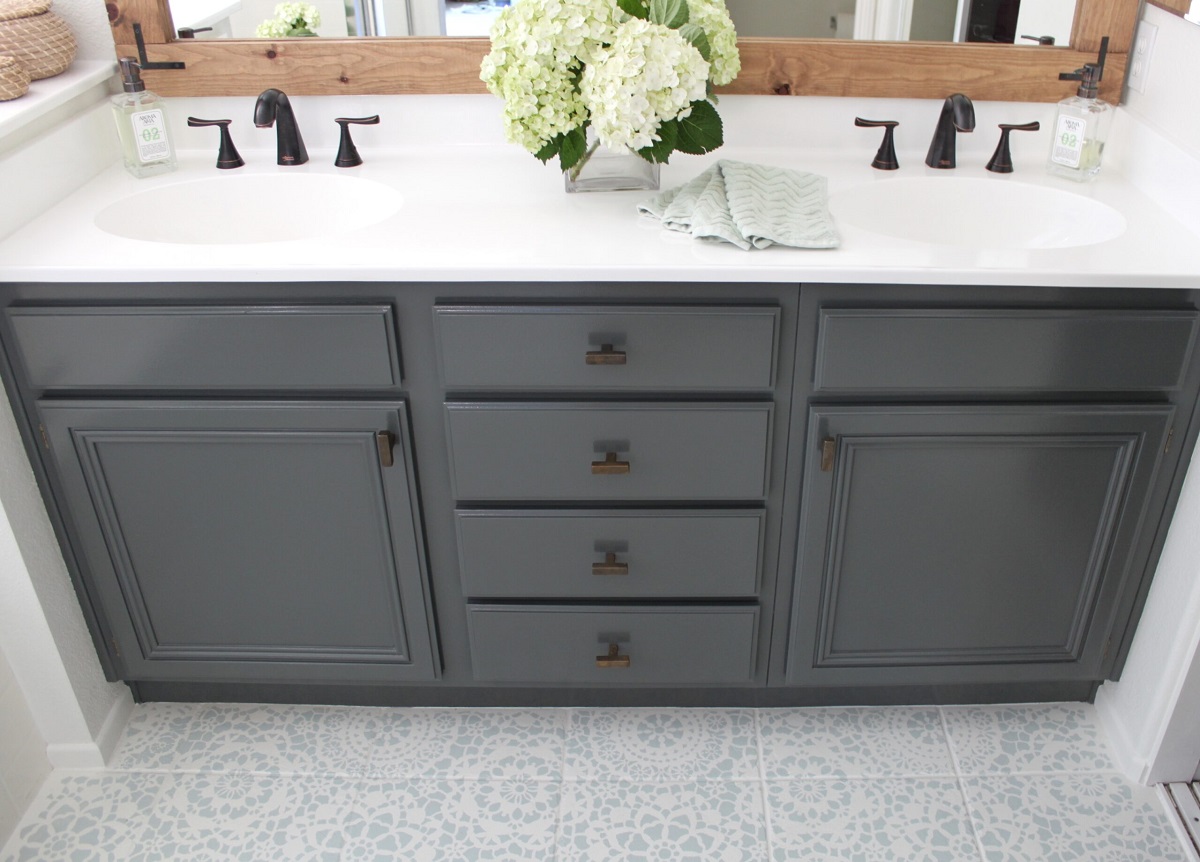
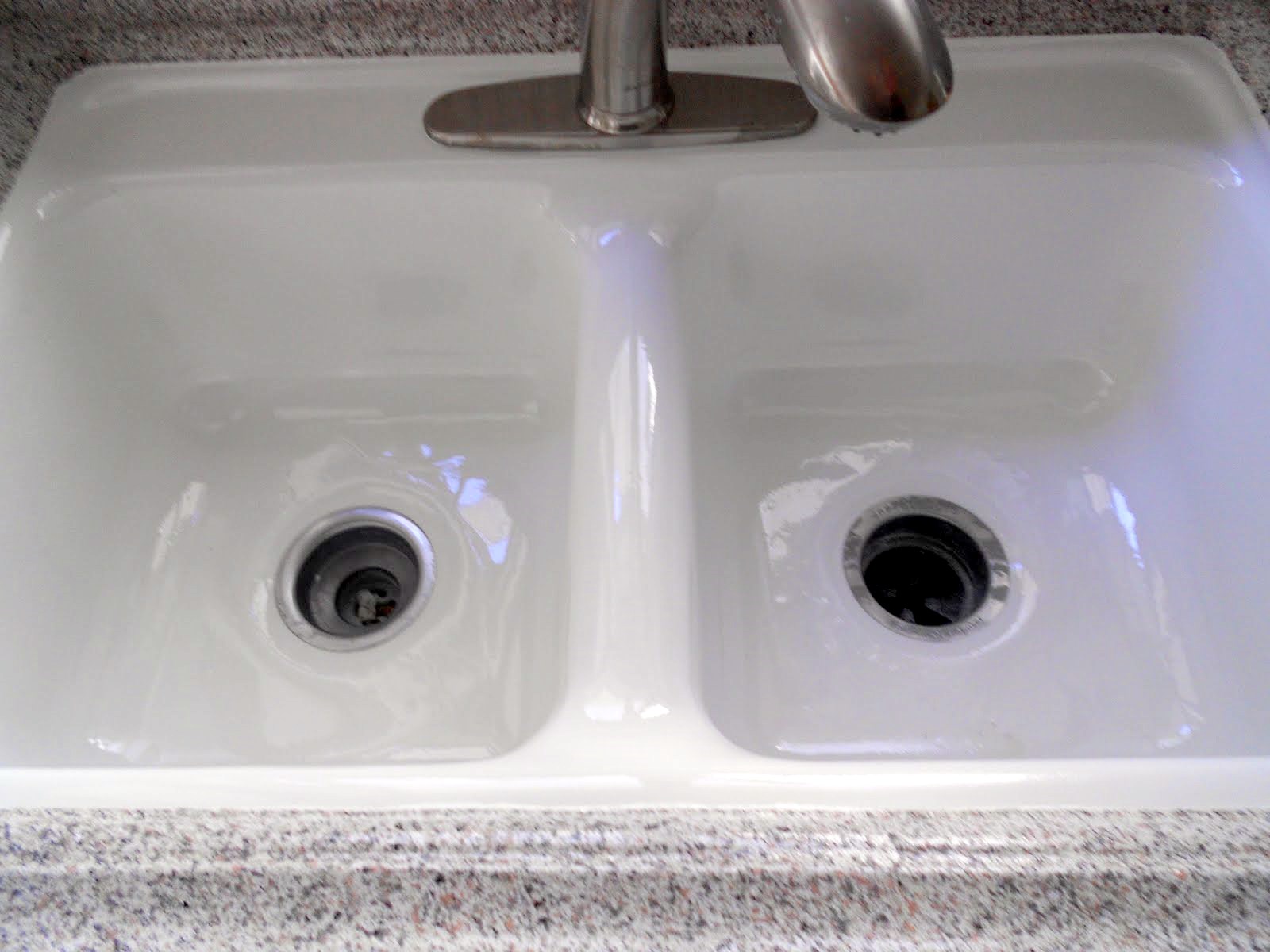

0 thoughts on “How To Refinish Concrete Countertops”